International Heritage Centre blog
A garden lover's gem
This month’s blog post ties in with #GreenWeek which takes place between 24 September and 2 October, raising awareness of issues associated with climate change and celebrating community action to protect the environment.
Several of our previous blog posts have touched on traditions of environmental awareness, health, wellbeing, and social responsibility; all of which are enveloped within The Salvation Army’s spiritual approach to life. Our April 2021 blog post investigated The Salvation Army’s attitude towards animal welfare at the turn of the century, while in 2019 we explored the role of vegetarianism within the Salvation Army’s health hints to ‘eat like a Christian’, and how Salvation Army social reform programmes were at the forefront of the well-known tenet ‘reduce, reuse, recycle’. Following on from this theme, and in recognition of #GreenWeek taking place nationwide this September, this month’s blog post shines a light on a humble historic column from The War Cry: Robert Rambler’s Garden.

Whilst the pandemic-related lockdowns of the past two years have been far from ideal, they have provided time and encouragement to re-evaluate life. In particular confinement to our homes has made many more people appreciate ‘the great outdoors’ and the benefits that spending time in nature can bring. This has been most noticeable in urban areas such as London where people commonly live without gardens, relying on public parks to provide access to green spaces and wildlife (N.b. London Metropolitan Archives has curated an excellent exhibition showcasing historic photographs of London’s green spaces. ‘Green City’, is temporarily on display at The View, Epping Forest Visitor Centre, 6 Ranger's Rd, London E4 7QH, 1-18 September 2022).
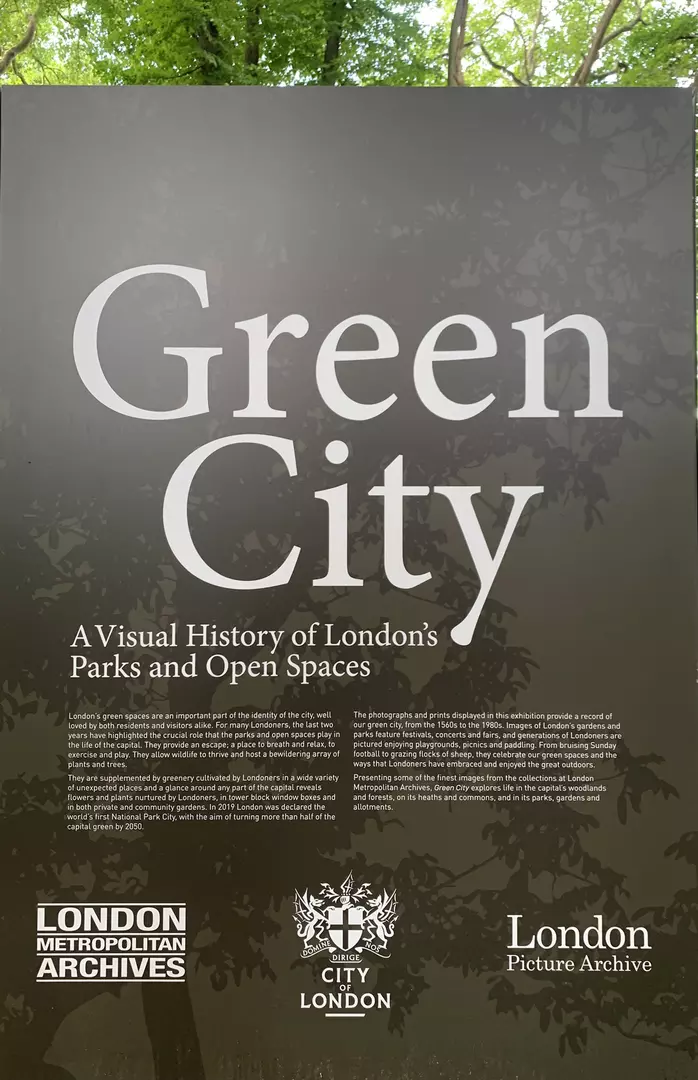
These restrictions, combined with renewed focus on climate change and the pressing responsibility to protect, preserve and restore the planet’s green spaces have facilitated renewed interest in the environment among younger generations. However, appreciation of parks, gardens and wildlife is not just a recent craze. Whilst scanning the IHC’s 1944 volume of The War Cry for a recent enquiry, my attention was caught by a small article headed ‘Robert Rambler’s Garden’. Turning through the next few issues revealed its place as a regular feature with sage advice on caring for plants, trees, and flowers, and step-by-step seasonal guidance on growing a sustainable source of fruits and vegetables.
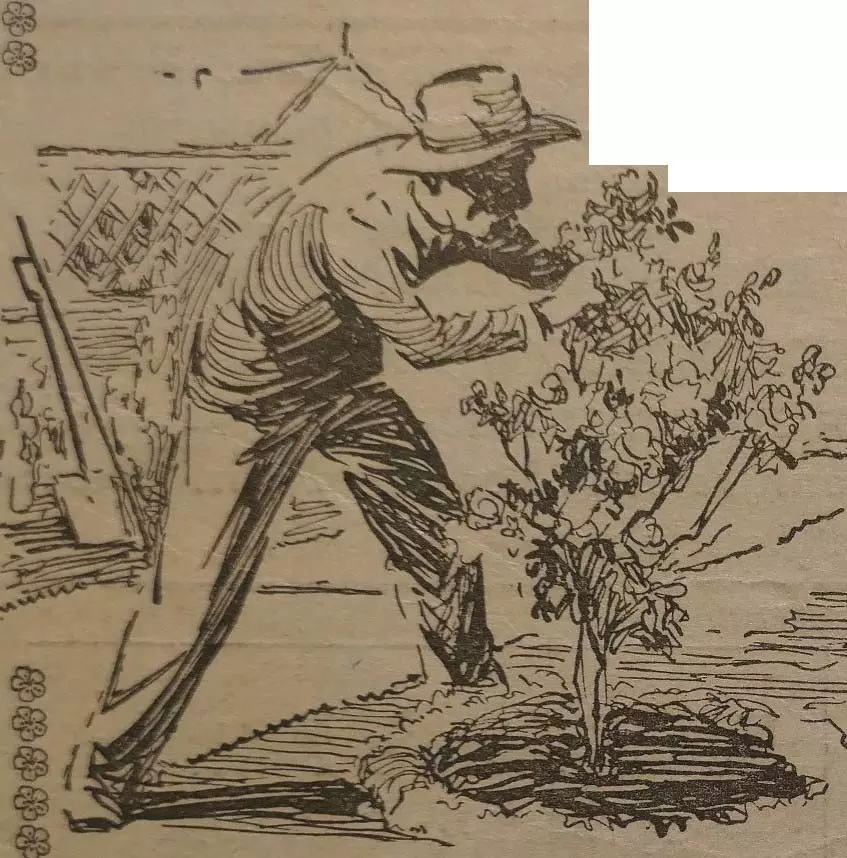
Allowing my archival research instinct to take over, I continued to pursue the column through the next two volumes, gradually gleaning a wealth of gardening knowledge, covering everything from pruning roses to preventing ‘rust’ on parsnips! As I reached the New Year issue of 1946, I noticed the author’s reference to the column’s fourteenth year of production. This enabled me to trace the column back to its origins in 1933 where I found an announcement in the 11 February issue stating: ‘Beginning Next Week “MY GARDEN HOUR’ By Robert Rambler’.
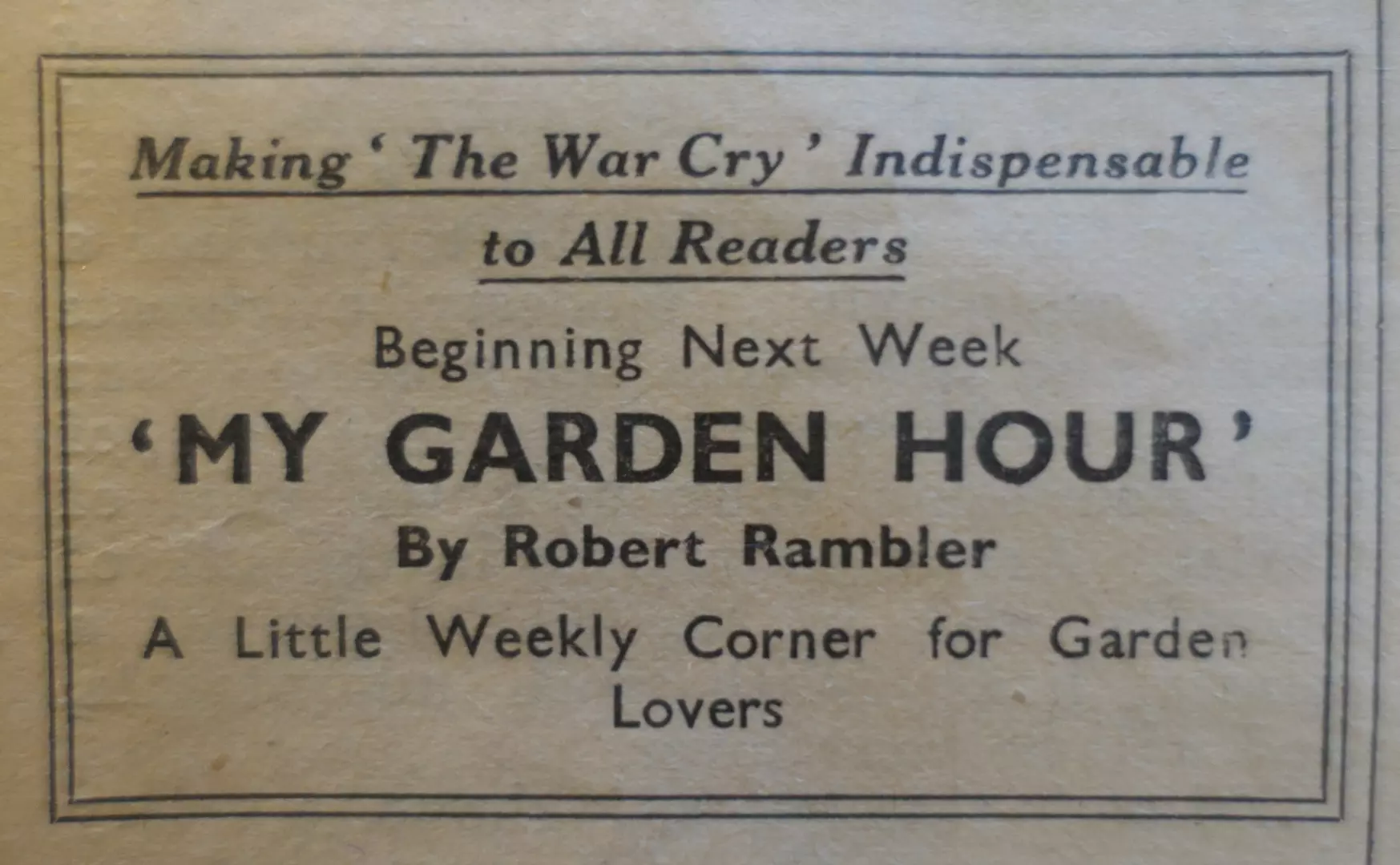
A little investigation into earlier issues showed that prior to this a very short series entitled ‘In My Garden’ had enjoyed an ad hoc run during 1932. But it wasn’t until February 1933 that this regular garden column began in earnest, marketed very humbly as ‘a little weekly corner for garden lovers’.
After discovering the origins of this column, I was eager to find out how it was received by its readers and how long it survived the editor’s cut. Rather than peruse each volume of The War Cry, which as any archival researcher knows would take an unprecedented length of time, I spot checked volumes every few years for Robert Rambler’s feature. This exercise took me through to 1955 at which point Robert Rambler had disappeared. Backtracking to 1954 I was able to locate Robert Rambler’s last ever column on 13 February 1954. Detailed as ever, the author offers tips on ‘tasks for chilly days’ including how to use a cold frame, which seasonal seeds to sow, which plants to propagate for the coming year, and how to keep pesky winter pests away with a steady low-burning bonfire.
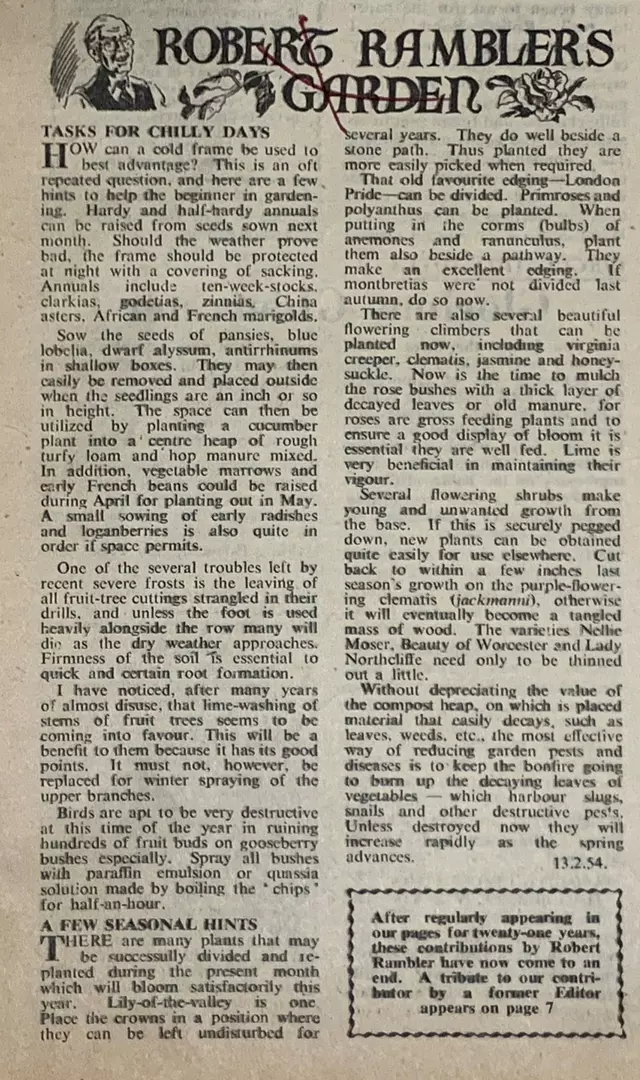
A small notice at the end of the column signals its demise and indicates a tribute on the previous page for its author. Turning to this article I was saddened and surprised to learn the author had died some time previously in 1952; his commitment to the column leading him to provide sufficient entries to continue its tenure for a further two years following his death.
The tribute also revealed Robert Rambler to be the preferred nom de plume of Salvation Army officer Lt-Colonel Herbert Whitbread. Whitbread had trained for officership in 1895 and served overseas in India and for The Salvation Army’s Assurance Society alongside his wife, Lt-Colonel Mabel Whitbread [née Cure] who he had married in 1900. Whitbread had learned his horticultural skills while apprenticed as a gardener in London County Council parks which became the source of his extensive expertise that he passed on to his readers with ‘happiness and pleasure’ even after he had passed into ‘the Heavenly Garden…where there is everlasting spring and never-fading flowers’.
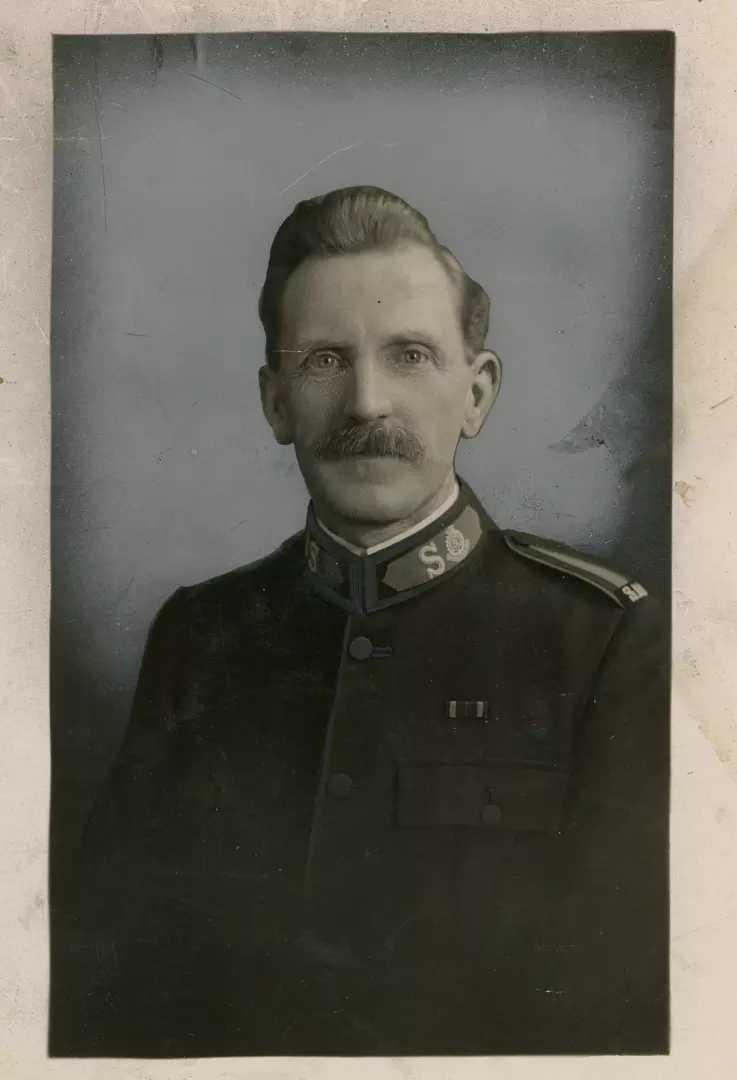
Written by ‘a former editor’ of The War Cry, Whitbread’s tribute references that the column had been created to ‘broaden the interest of “The War Cry”’ which perhaps indicates an ebb in readership at this time. The following years proved the editor’s instinct to be sound as War Cry sellers across the country reported increased sales and specific purchasing of the paper to read Robert Rambler’s latest tips. Notably, Whitbread’s series began at a time when The War Cry comprised 16 pages and survived a cull during the Second World War when the paper was cut back to just 4 pages per issue.
Moreover, the column’s success throughout the 1930s and 1940s can be seen as a microcosm for what was happening in British society more widely. Government rationing as a result of the Second World War was introduced in January 1940 and did not cease until 1954, the same year that Whitbread’s gardening column came to conclusion. Whilst fruits and vegetables were never rationed in Britain, they were in short supply. The British Ministry of Agriculture’s 1939 ‘Dig for Victory’ campaign strongly encouraged people to grow their own produce in gardens, allotments and even in public parks in an effort to combat the impact of the war on Britain’s food production. While Whitbread could not have foreseen the cessation of Britain’s rationing restrictions, his commitment to two posthumous years of his column perfectly dovetails this decisive event in Britain, signalling a conclusion to this lingering consequence of war.
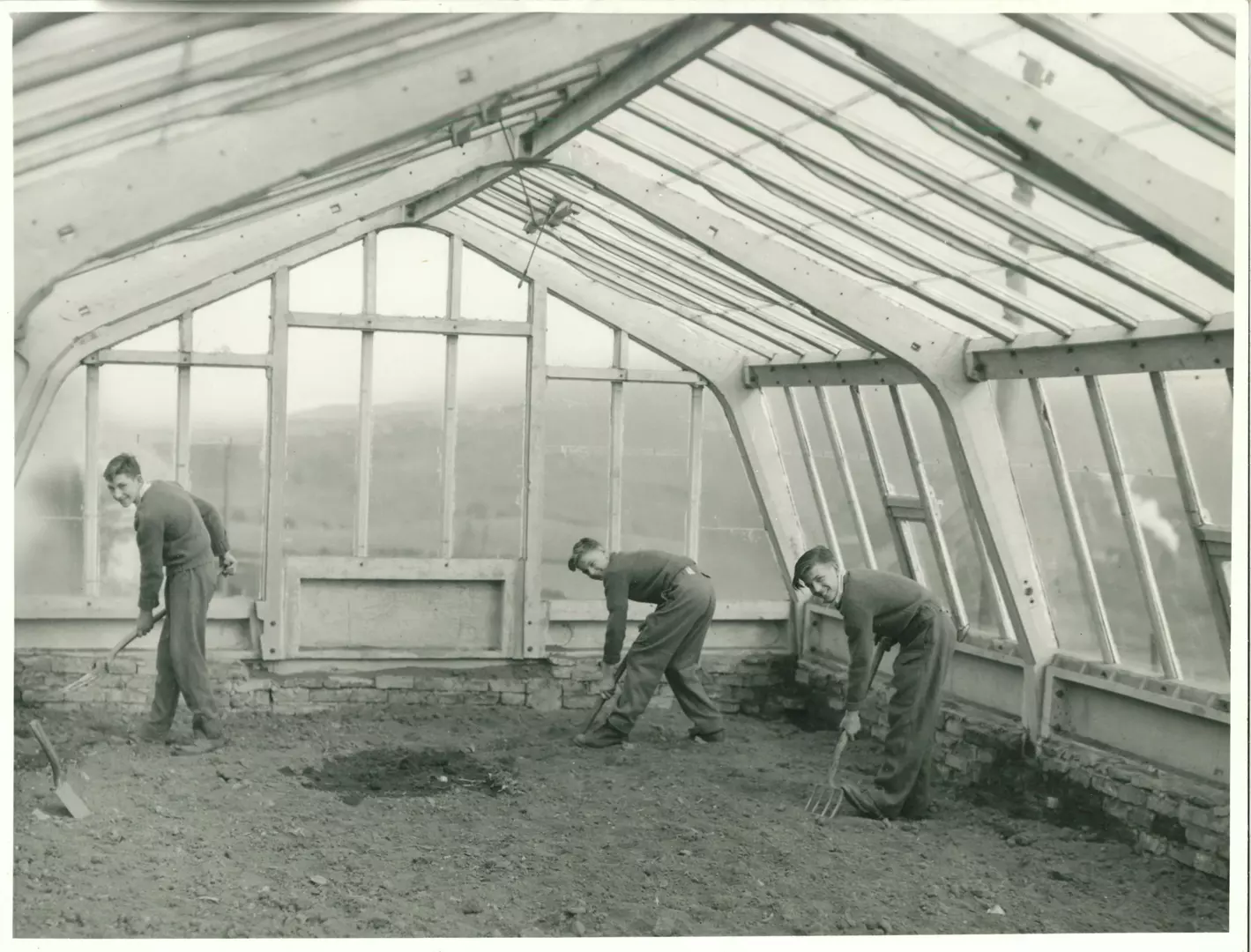
Robert Rambler’s ‘little weekly corner’ spanned an impressive 21-year tenure. Whitbread not only instructed his readers (at times quite firmly) on successfully growing their own produce but encouraged them to enjoy their gardens, ‘add beauty’ and appreciate ‘flowers in bloom, fresh foliage, and blossoming shrubs’. He also provided advice on planting indoor bulbs to bring the outdoors in for those without green spaces close at hand. Looking back over this column from half a century ago, I am pertinently reminded that it is necessary to have larger structures in place to care for the world we live in, but that it is equally valuable to take small, independent steps such as growing your own fruits, vegetables and flowers which can bring benefit to both our shared environment and individual wellbeing.
Returning to the bigger picture, thinking ‘green’ is currently at the forefront of many discussions regarding the future of heritage. In 2021 an exhibition entitled Reimagining Museums for Climate Action at the Glasgow Science Centre explored how museums can be rethought to respond responsibly to climate change, while national organisations have set up cross-disciplinary groups such as Icon’s Sustainability Network to foster collaborative effort in making the future of heritage practice sustainably viable. For more information on current action within the heritage field in response to the climate crisis head to the resources list at the bottom of the page; or alternatively, for some seasonal gardening tips head to the image gallery for some of Robert Rambler’s September columns!
Chloe
September 2022
Further reading and resources on how museums are responding to the climate crisis:
‘Green Museums: Tacking the Climate Crisis’, National Museum Directors’ Council, 2022.
Green Museums Summit, MuseumNext, 2022.
Heritage Institutions Tackling Climate Change: On Museums and COP26, ICOM, 2021.
Museums and Climate Change Network
Sustainability and Climate Action Statement, The National Archives, 2020.
UK Web Archive Climate Change Collection, The British Library, 2021.
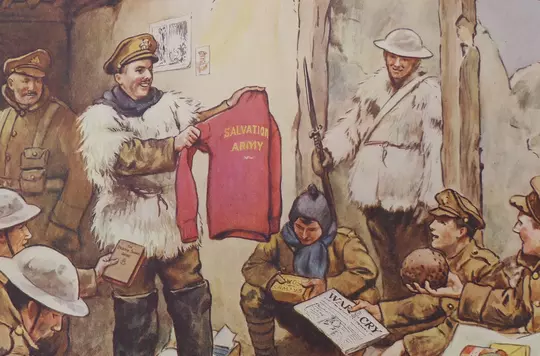
‘A New Kind of Help’: Comforts in the First World War
Find out about The Salvation Army's role in making and distributing comforts to British servicemen.
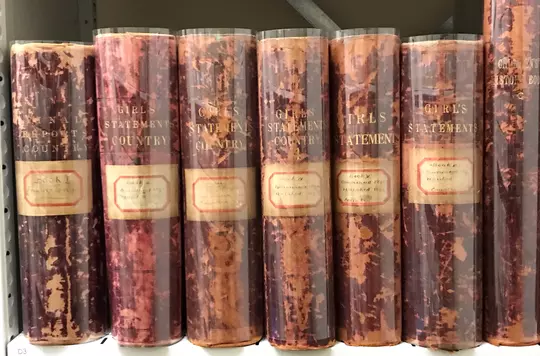
Death in the Archives
In our latest guest blog post, recent archives intern Lucy shares her research with The Salvation Army Women's Social Work Statement Books.

God Save The Queen!
Inspired by the platinum jubilee we bring you a potted history of Queen Elizabeth II’s relationship with The Salvation Army through the lens of our archives.
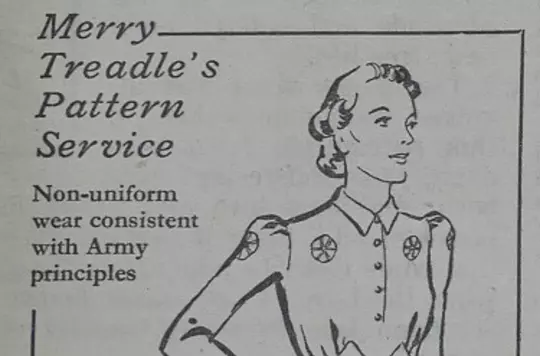
Merry Treadle: The ‘War Cry’ Pattern Service
In the early months of the Second World War, The Salvation Army hired an expert dressmaker and launched the Merry Treadle, ‘A pattern service for “War Cry” readers’...